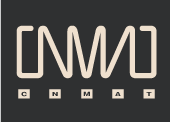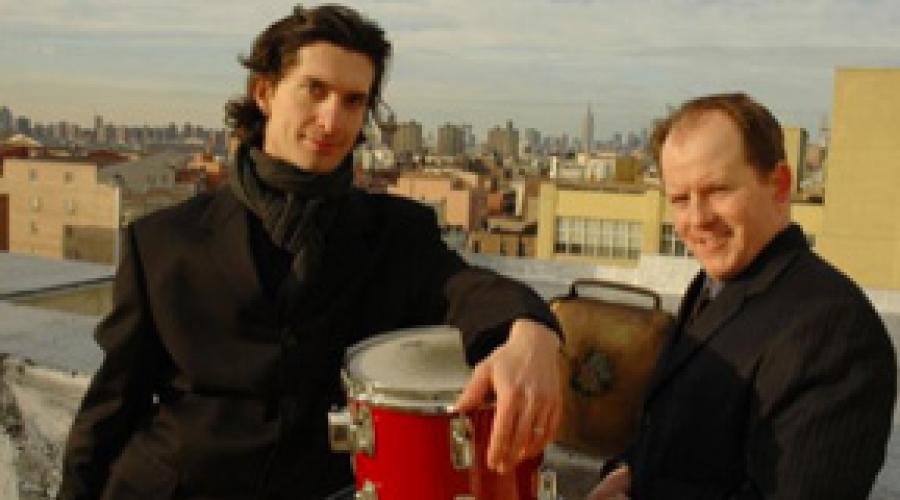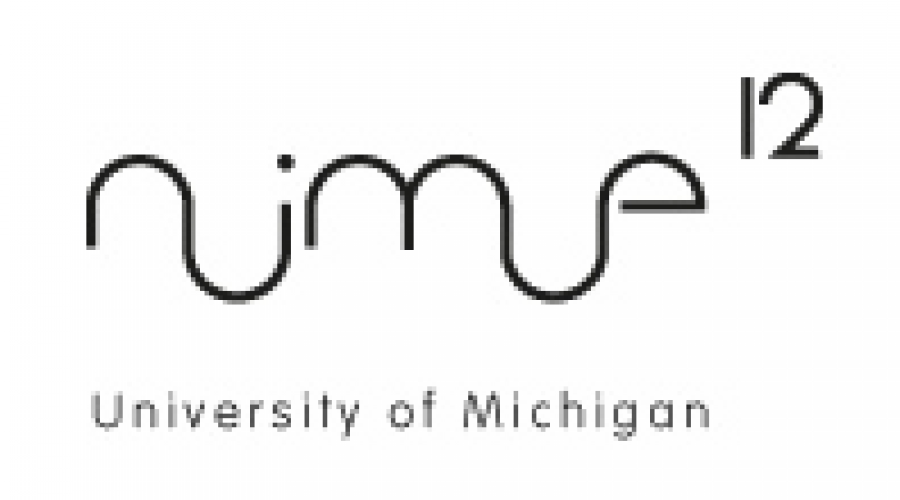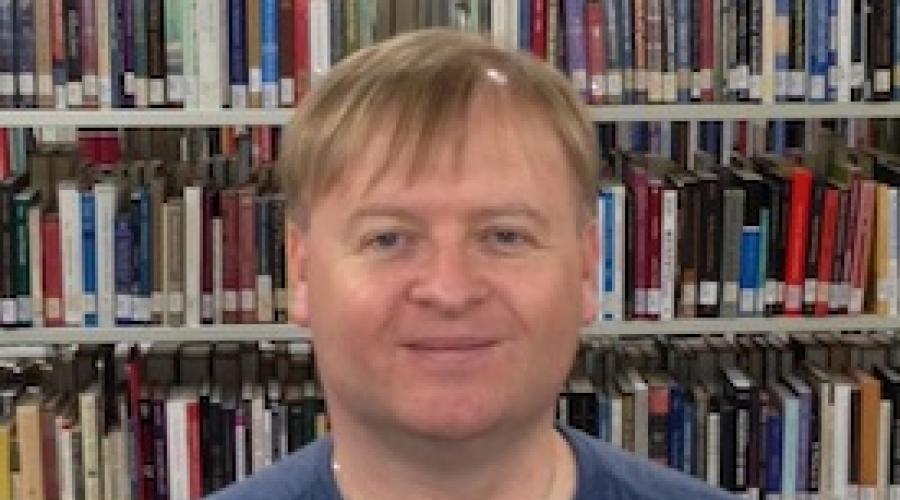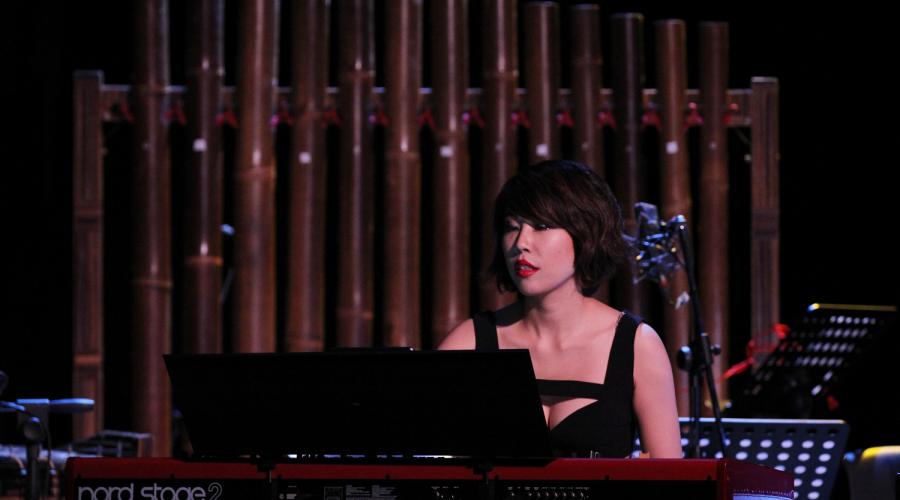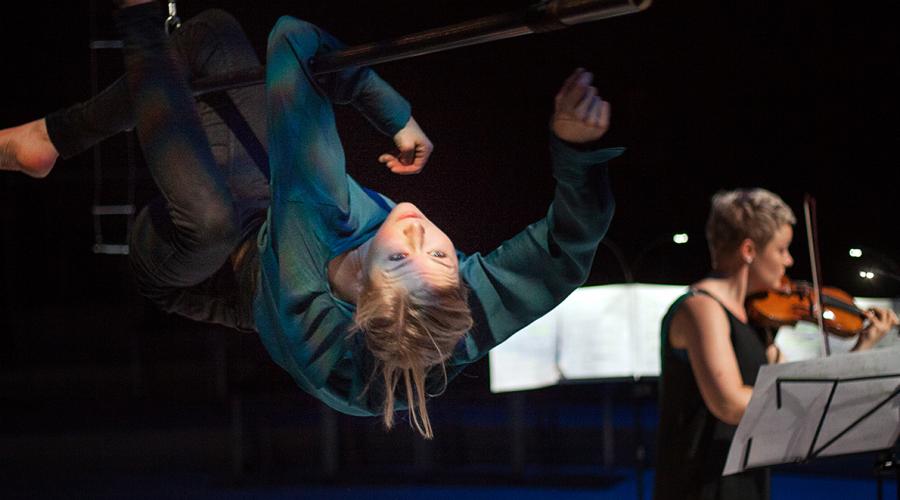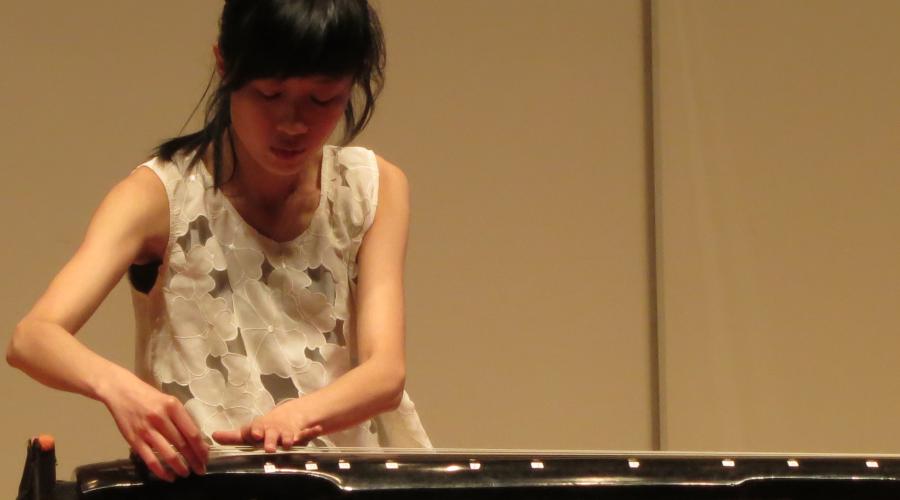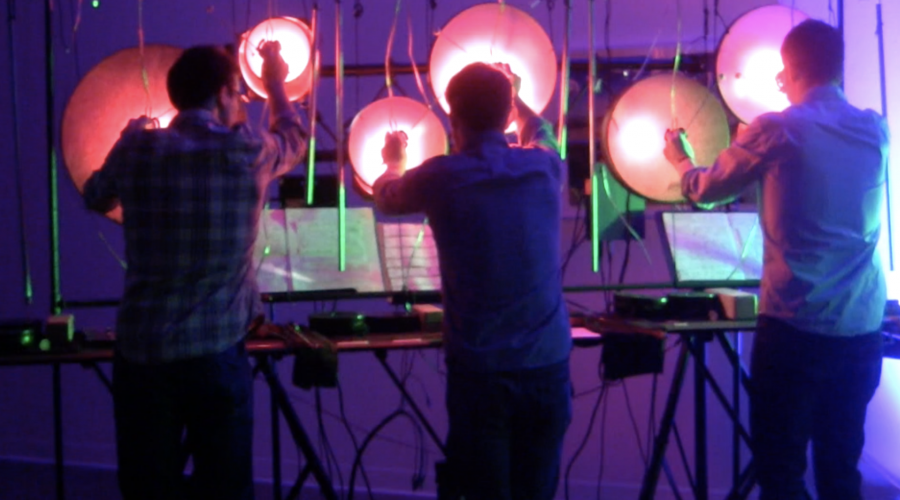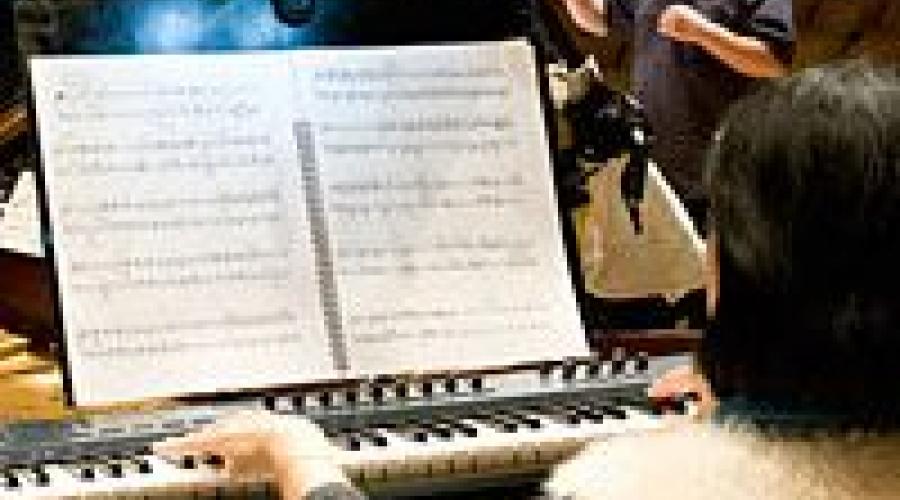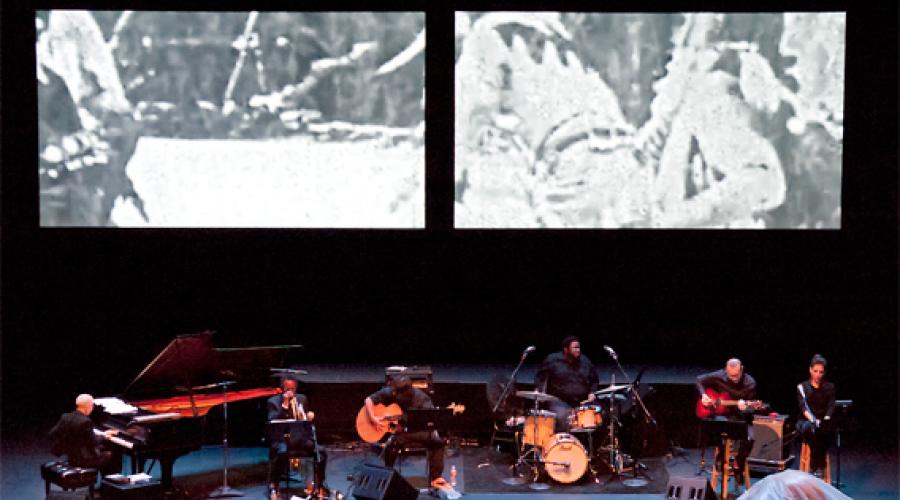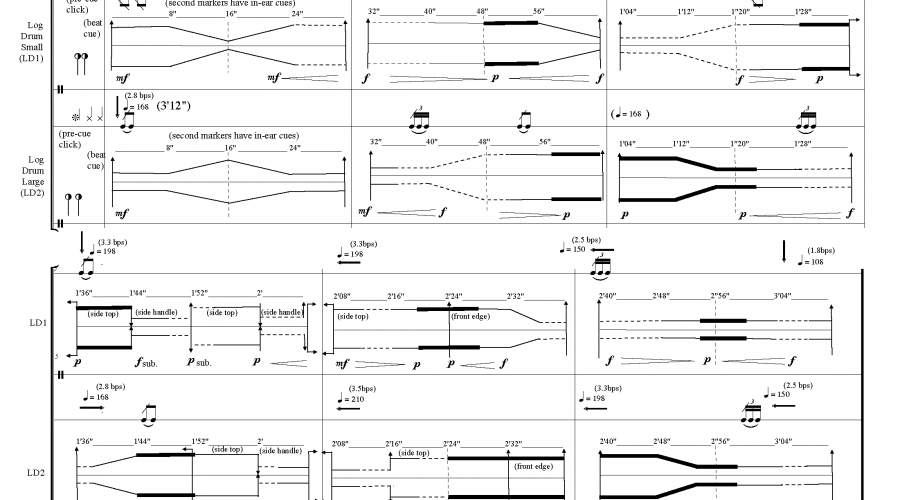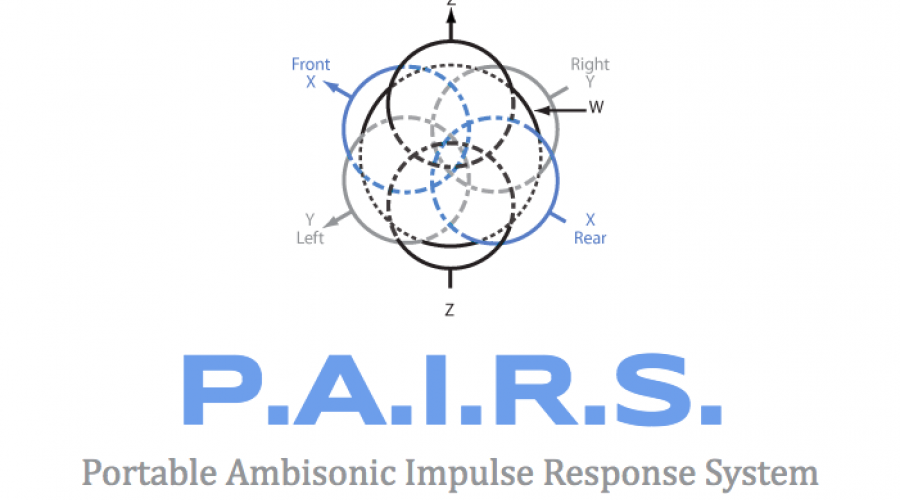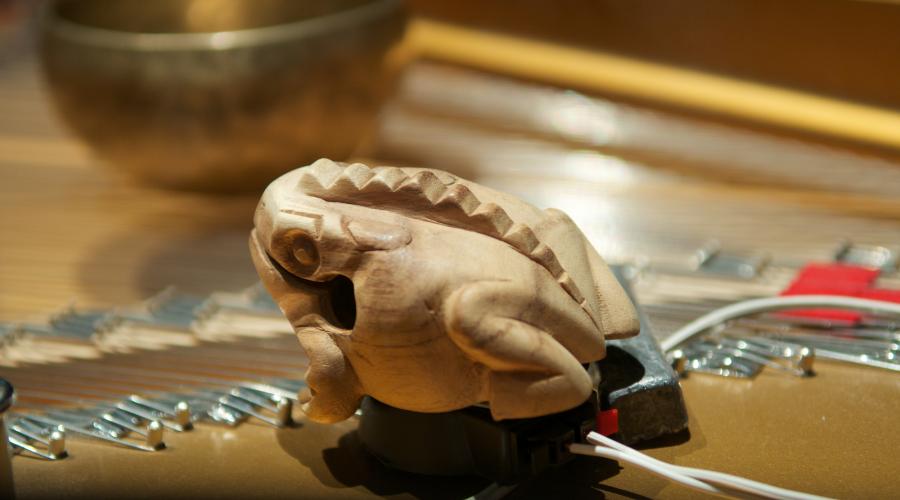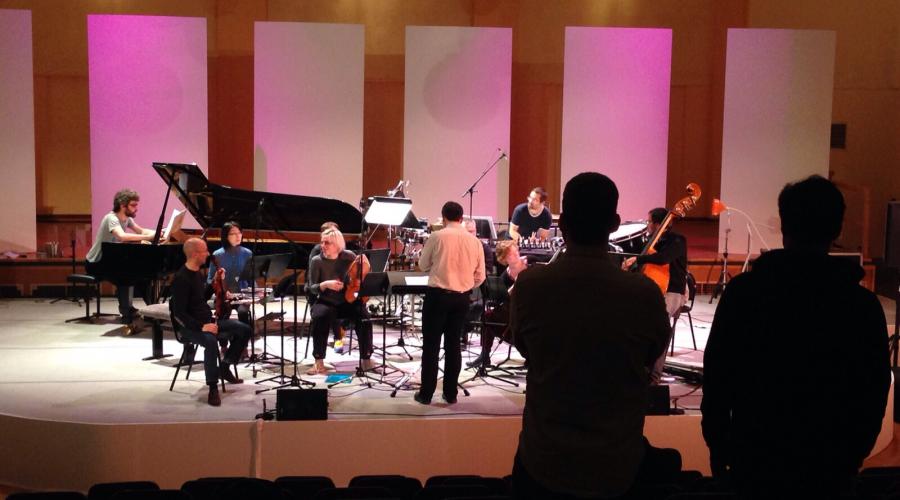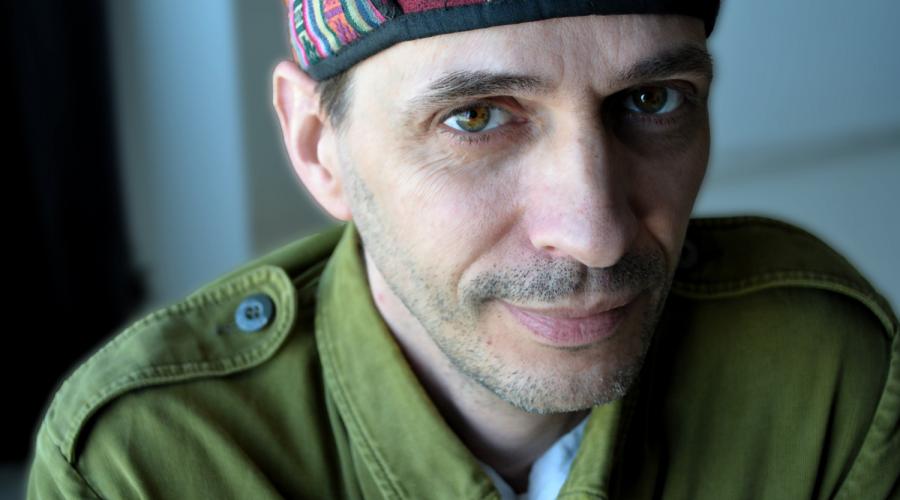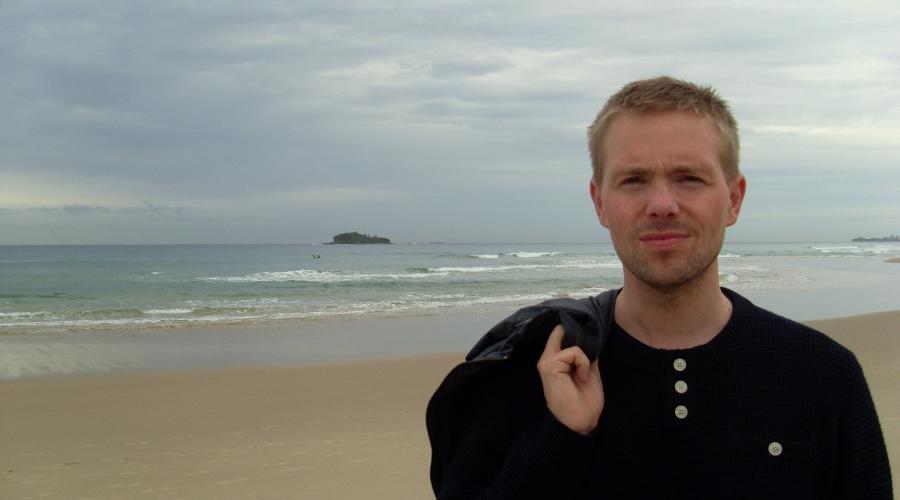
Archive
CNMAT Flashback
A look back at some items in our archives.
David Wessel presents keynote at NIME 2012 conference at the University of Michigan in Ann Arbor
Jeff Koftinoff (Meyer Sound): Progress on the IEEE Audio/Video Bridge (AVB)
Archive Browser
Pianos
Pianos is a concerto for solo piano/sampler keyboard and large chamber ensemble with extensive live electronics. Performed by renowned (former Regent’s Lecturer) Gloria Cheng, the piece is a collaboration with UC Berkeley’s Center for New Music and Audio
Technologies (CNMAT), and makes use of an extensive archive of sampled piano recordings.
La mar amarga
la mar amarga (2007) for piano trio
music by Cindy Cox
Graeme Jennings, violin, Leighton Fong, cello, and Christopher Jones, piano
photo from Sensitive Chaos by Theodor Schenk (Rudolph Steiner Press, 1965)
The Other Side of the World
The Other Side of the World (2004) for flute and tape
music by Cindy Cox, text by John Campion
The Shape of the Shell
Cindy Cox, The Shape of the Shell (2010) for audio tape
text by John Campion
bass clarinet/voice by Laura Carmichael
My daughter brought a shell and bade me put my ear to it:
—That’s the sound of the ocean, I said.
—Is the ocean inside of it, she asked?
—The shape of the shell causes the sound, I said.
Etudes, La Ciguena and Mallets
Etudes for Piano and Keyboard sampler, with Max/MSP patch
Mysterium Coniunctionis
Mysterium Coniunctionis?
…sicut aurora procedit (2015)
…sicut aurora procedit is the composition created by Maija Hynninen for a multidisciplinary work Pix grace – Rosin. The work was conceived by violinist Mirka Malmi, composer Maija Hynninen and aerialist Ilona Jäntti during 2013–15. Interaction between the group members was tight, each producing demo material for the rest of the group to see and discuss. The name Rosin came from the idea of rosin combining the two, violinist and aerialist. By friction rosin creates a contact surface between the bow and strings, the hands of the aerialist and the trapeze.
Hypochondriasis (2014)
Hypochondriasis is for chin (guqin) and live electronics. Chin is an ancient Chinese 7-string zither normally played by plucking with fingers. This piece is my first work to use electronics. For the first experiment on electronics, I choose the chin as the instrument since it’s one of the instruments I’m familiar with. However, the chin is a very personal instrument due to its soft volume and subtle timbral changes, so amplification becomes an important element and thus creates a new kind of environment, an augmented chin.
Hazardous Materials #1 (2016)
Hazardous Materials #1 (2016)
Percussion trio and electronics (sound and light)
Pianos (2013)
Cindy Cox, Pianos
Concerto solo piano/sampler keyboard, twelve musicians, and live electronics
I. Dark, Racing
II. Mercurial
III. Quirky, like a turning wheel
IV. Slowly revolving, wistful
V. Brash
Language of Dreams (2013)
Myra Melford composer and artistic director, with David Szlasa - video, Oguri - dance, Sofia Rei - spoken word and Snowy Egret: Ron Miles (cornet), Stomu Takeishi (bass guitar), Liberty Ellman (guitar) and Tyshawn Sorey (drums) and Myra Melford (piano, sampler and melodica)
Auditory Fiction II (2014)
Edmund Campion
The Auditory Fiction pieces are composed for live musicians who perform with the aid of in-ear click-tracks. The click-tracks are designed using software tools developed at the Center for New Music and Audio Technologies primarily by John MacCallum and Matt Wright with support from Ed Campion and others. With the click-tracks in place, the musicians are enabled to play in any tempo relationship, accelerate, decelerate, change phase, and at any rate.
P.A.I.R.S. - Portable Ambisonic Impulse Response System
P.A.I.R.S is a project of UC Berkeley Graduating Senior, Andrew Rahman, and was funded by the UC Berkeley Summer Undergraduate Research Fellowship Program (SURF). The purpose of the P.A.I.R.S. project is to capture the reverberation characteristics of historic spaces for archival and creative use.
Naked to the Sky (2016)
Naked to the Sky (2016)
for movement artist, violin, saxophone, piano, percussion, and motion-sensitive live electronics
spark (2015)
spark (2015)
for Wacom Tablet Transducer-Piano-Feedback Instrument
by Rama Gottfried, for pianist Ernst Surberg
OPHELIA. Her heart is a clock (2015)
OPHELIA. Her heart is a clock (2015)
for ten players, premiered by Ensemble Linea
Jean-François LaPorte Regent's Lecturer and Artist in Residence at CNMAT
Regent's Lecturer, Artist in Residence at CNMAT, March 10-26, 2017
Thomas Buckner Speaks about 1750 Arch Street and CNMAT
CNMAT Director, Edmund Campion interviews Thomas Buckner to discuss his involvement with the history of the property and early activities at 1750 Arch Street and the later establishment of CNMAT with David Wessel.
Sonic Writing Research
Dr. Thor Magnusson, from the University of Sussex, is in residency at CNMAT for a week this Spring. This is part of his Sonic Writing Research project which is a two-year research program that explores work and practices using new technologies for musical expression. Through tracing the historical conditions of material and symbolic design in in three interconnected strands of inscription - instruments, notation, and phonography - the project studies how established techniques are translated into new methods of musical composition and performance in digital musical media.
